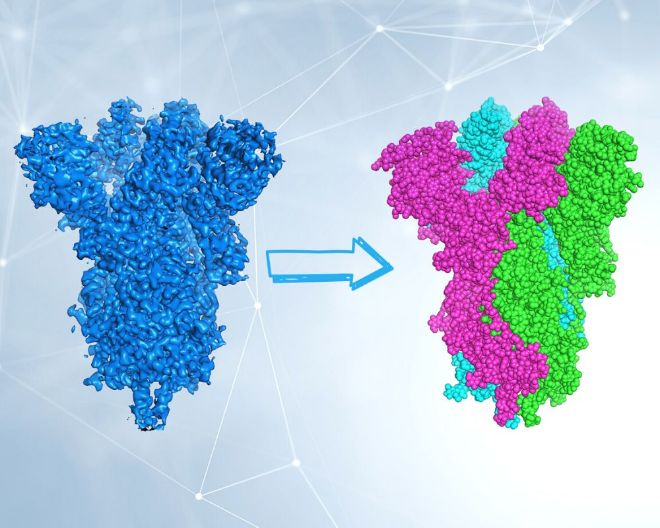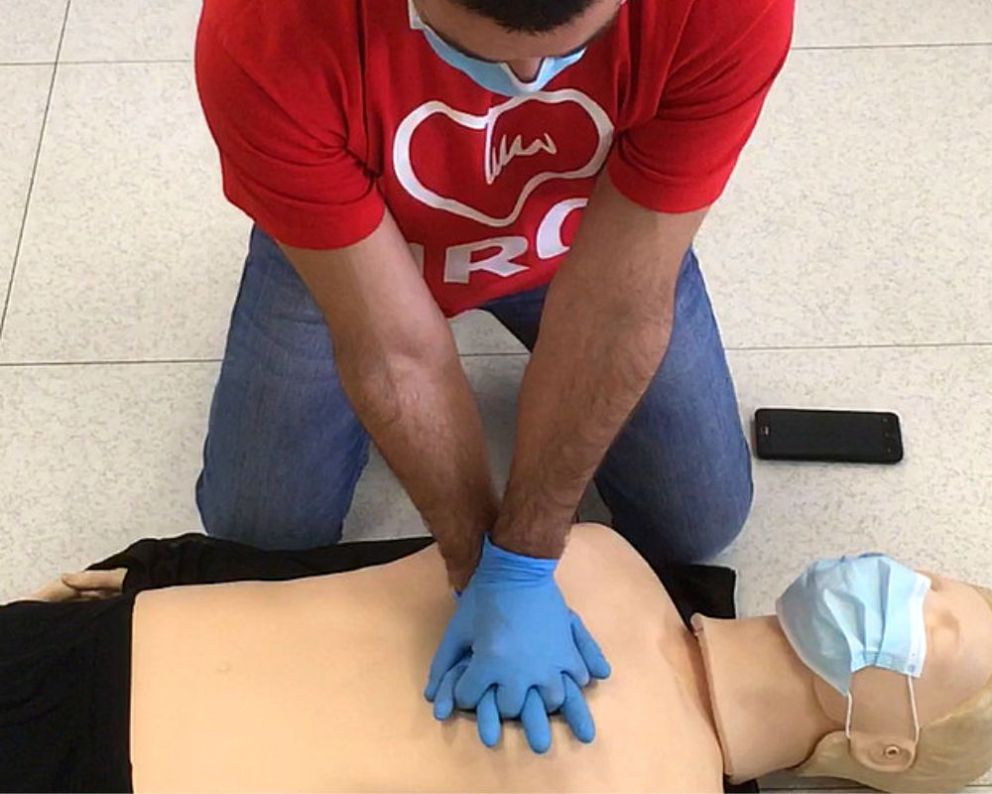
Article signed by Tommaso Scquizzato, UniSR International MD Program student, and Dr. Giacomo Monti, Intensive Care and Anesthesia Unit.
Sudden cardiac arrest is one of the leading causes of mortality in Europe. Every year around 400 thousand people experience sudden cardiac arrest, and less than 10% survive. The rapid intervention of nearby citizens, even if untrained, could save many victims of cardiac arrest. Survival is in the hands of bystanders and depends on the timeliness with which they begin cardiopulmonary resuscitation (CPR) and use a public defibrillator (AED). The time to intervene is really limited: only if we act within 3-4 minutes, the chances of survival are two times higher. In most cases, in Europe, cardiac arrest is witnessed by someone who could potentially start cardiopulmonary resuscitation, but this occurs on average only in 6 cases every 10. Few simple maneuvers could have a massive impact on the life of a person.
The importance of promptly and adequately helping cardiac arrest victims does not vanish during the Covid-19 pandemic. However, the fear of contracting the virus could frighten bystanders with the consequence that they could cease from starting the resuscitation maneuvers that instead could make the difference between life and death. With this post, we want to reassure and explain how to safely provide aid in case of cardiac arrest with a few simple but essential maneuvers.
The risf of infection
Every time a cardiopulmonary resuscitation is started, in particular in a person who is not known, there is a certain risk of becoming infected. The risk is mainly associated with the evaluation of breathing and the execution of ventilations. So far, this risk has always been considered very low, particularly when compared to the inevitable death of the victim of cardiac arrest if cardiopulmonary resuscitation is not started. However, today, in full phase 2 of the Covid-19 pandemic, characterized by a gradual increase in daily activities and travel, you could be faced with a person suffering from a cardiac arrest. For this reason, the Italian Resuscitation Council (IRC), a scientific society that deals with the dissemination of the culture and organization of cardiopulmonary resuscitation in Italy, together with the European Resuscitation Council (ERC) has drawn up guidelines for performing cardiopulmonary resuscitation (CPR) safely during the Covid-19 pandemic. These specific recommendations are intended to reduce the risk of contagion for rescuers, to prevent them from further spreading the disease, and to encourage the execution of resuscitation maneuvers. It is important to remember that the recommendations that follow may change based on subsequent and progressive knowledge about the epidemic and its characteristics.
Considering that 7 out of 10 cardiac arrests occur at home, bystanders are more likely to be a family member or close contact and most likely have already been in touch and consequently exposed to the virus. So, in reality, such bystanders must act without hesitation in rescuing the victim of cardiac arrest as they are potentially not facing new risks. As indicated and taught before the Covid-19 pandemic, the occasional rescuer must at least start chest compressions and use a semi-automatic defibrillator (AED) if available. Below we explain in more detail how to act in case of cardiac arrest in a suspected or confirmed case of Covid-19 while waiting for the ambulance to arrive.
What to do in case of cardiac arrest in a suspected or confirmed case of Covid-19 while waiting for the ambulance?
Cardiac arrest is identified if the victim does not respond and does not breathe normally. To check the victim's response, simply shake the person gently by grasping him by the hips and call him aloud without approaching beyond the pelvis.
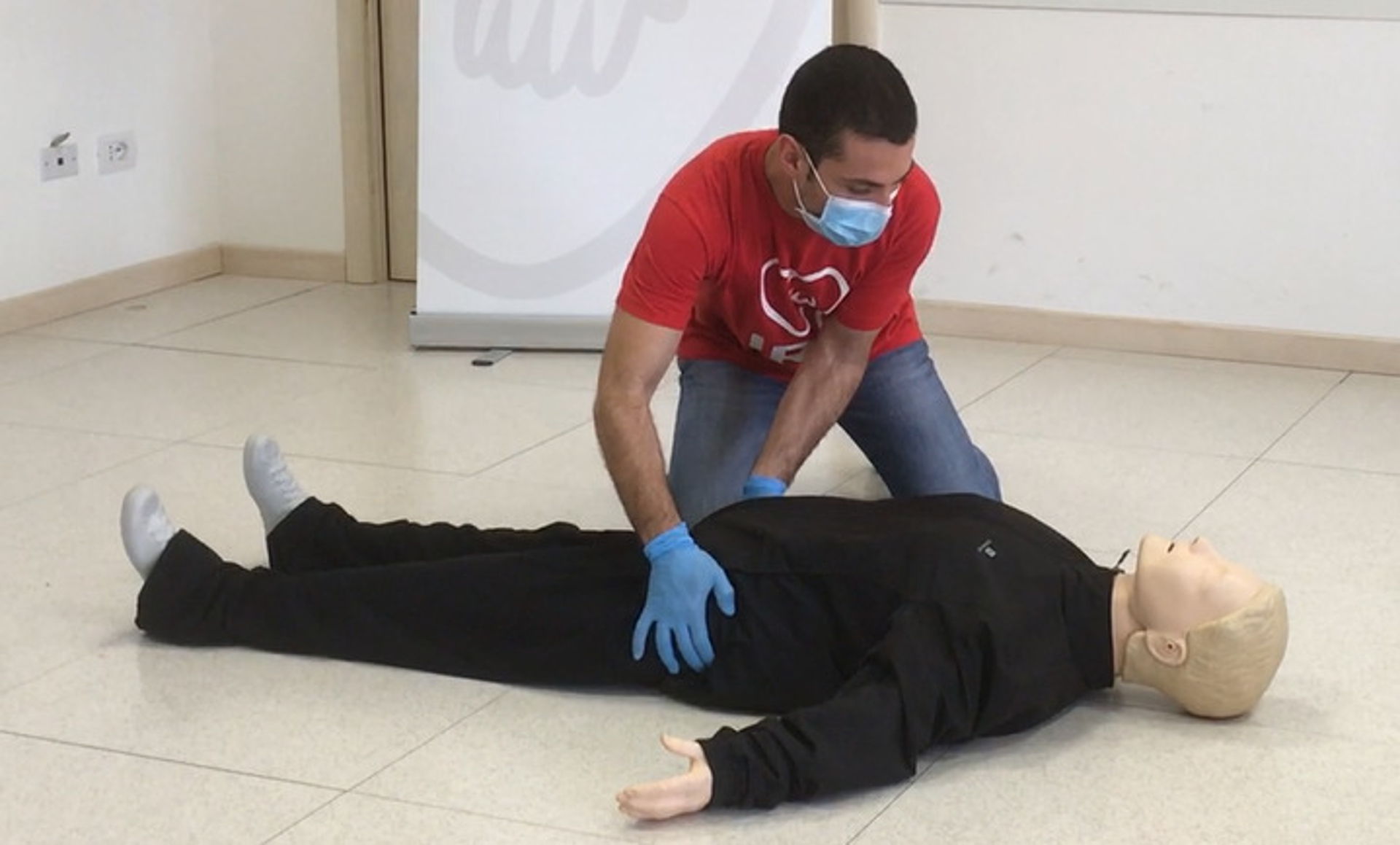
Breathing assessment is performed by observing whether the victim is breathing normally by remaining to the side of the victim at the level of his pelvis and observing any movements of the chest and abdomen from this position. To reduce the risk of infection during the Covid-19 pandemic, it is not recommended to open the airway and place your face close to the victim's mouth and nose to check the breathing.
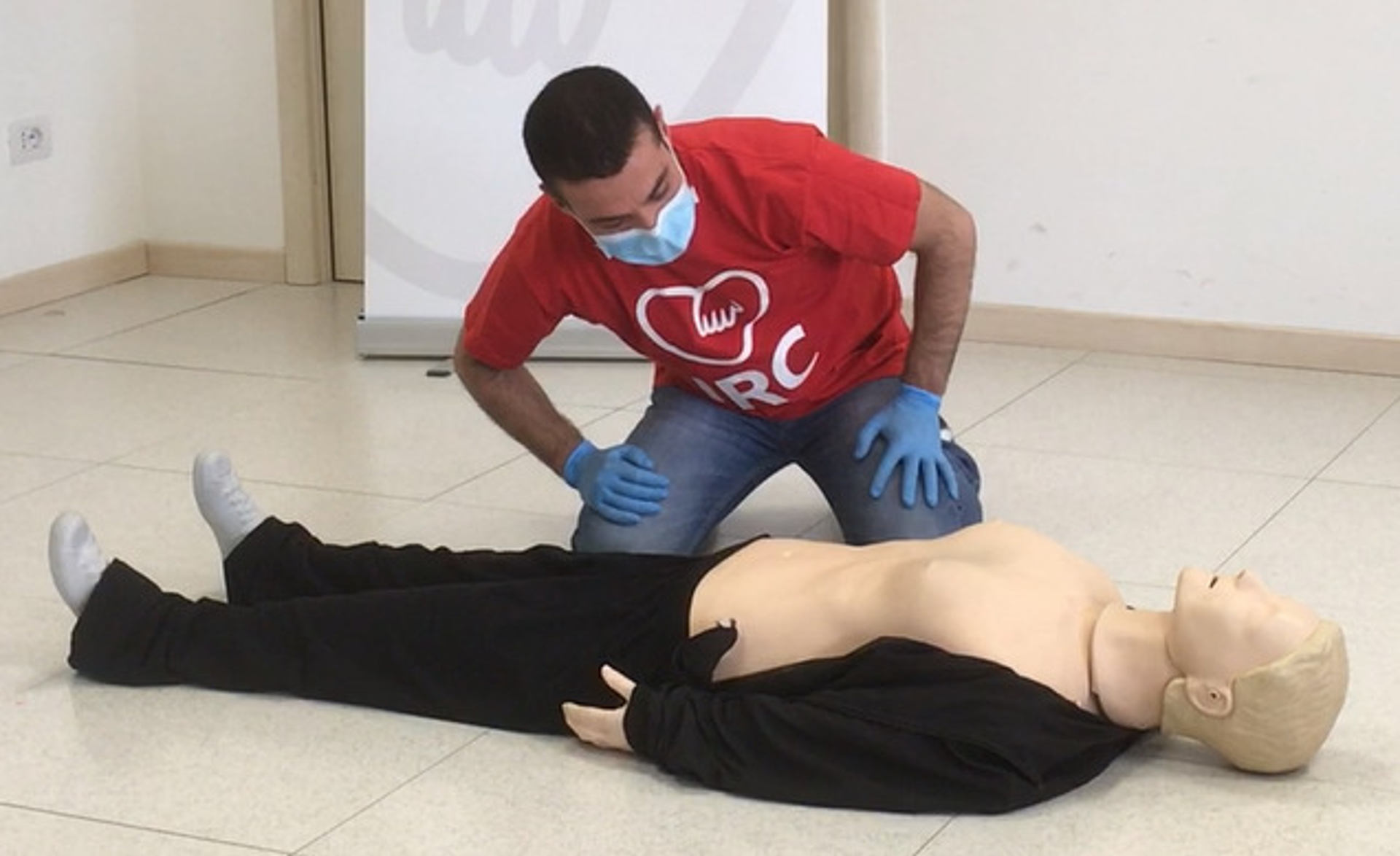
If the person does not respond or does not breathe normally, call the emergency medical service (in Italy, 112 or 118) immediately using, if possible, a telephone in hands-free mode and scrupulously follow the instructions provided on the telephone without hanging up.
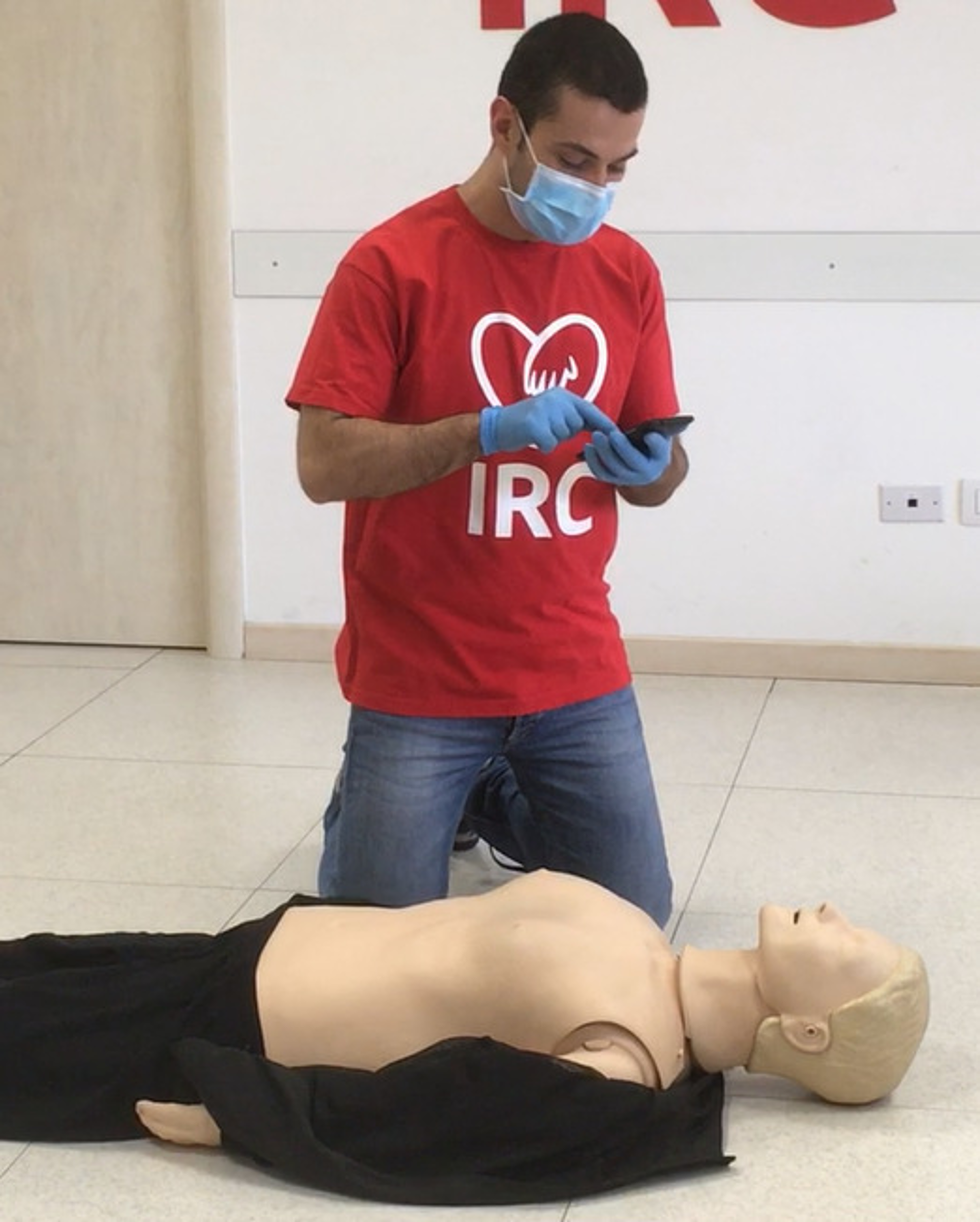
It is advisable to place a surgical mask or, if not available, a cloth/towel on the victim's mouth and nose to reduce the risk of virus dispersion through the generation of aerosols. After adopting these precautions, cardiopulmonary resuscitation can be started safely with chest compressions only (without ventilation or mouth to mouth).
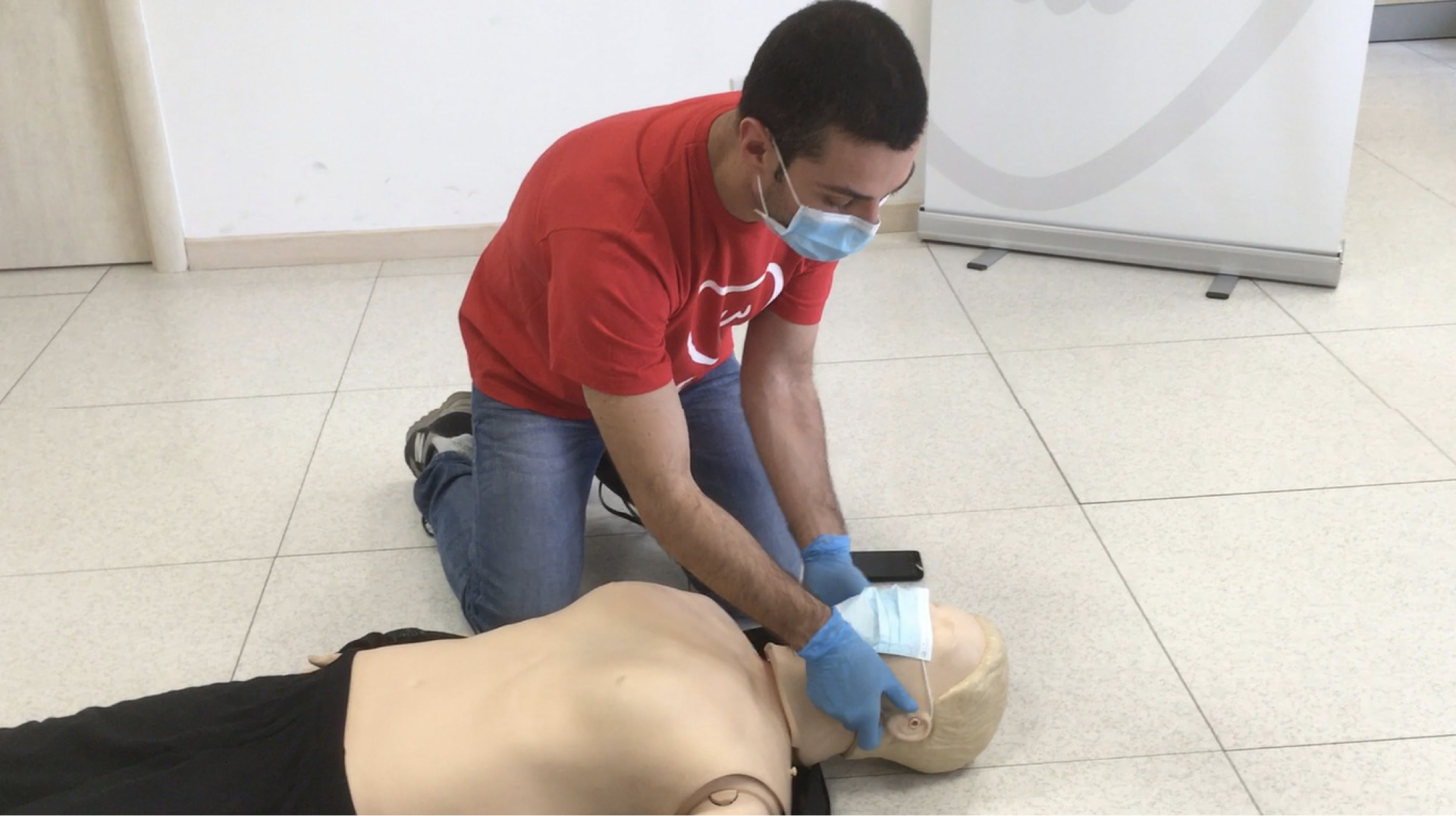
Chest compressions are performed by kneeling to the side of the victim, placing the palm of the hand (heel) in the center of the chest on the lower half of the sternum and the palm of the other hand over the first by interlacing the fingers.
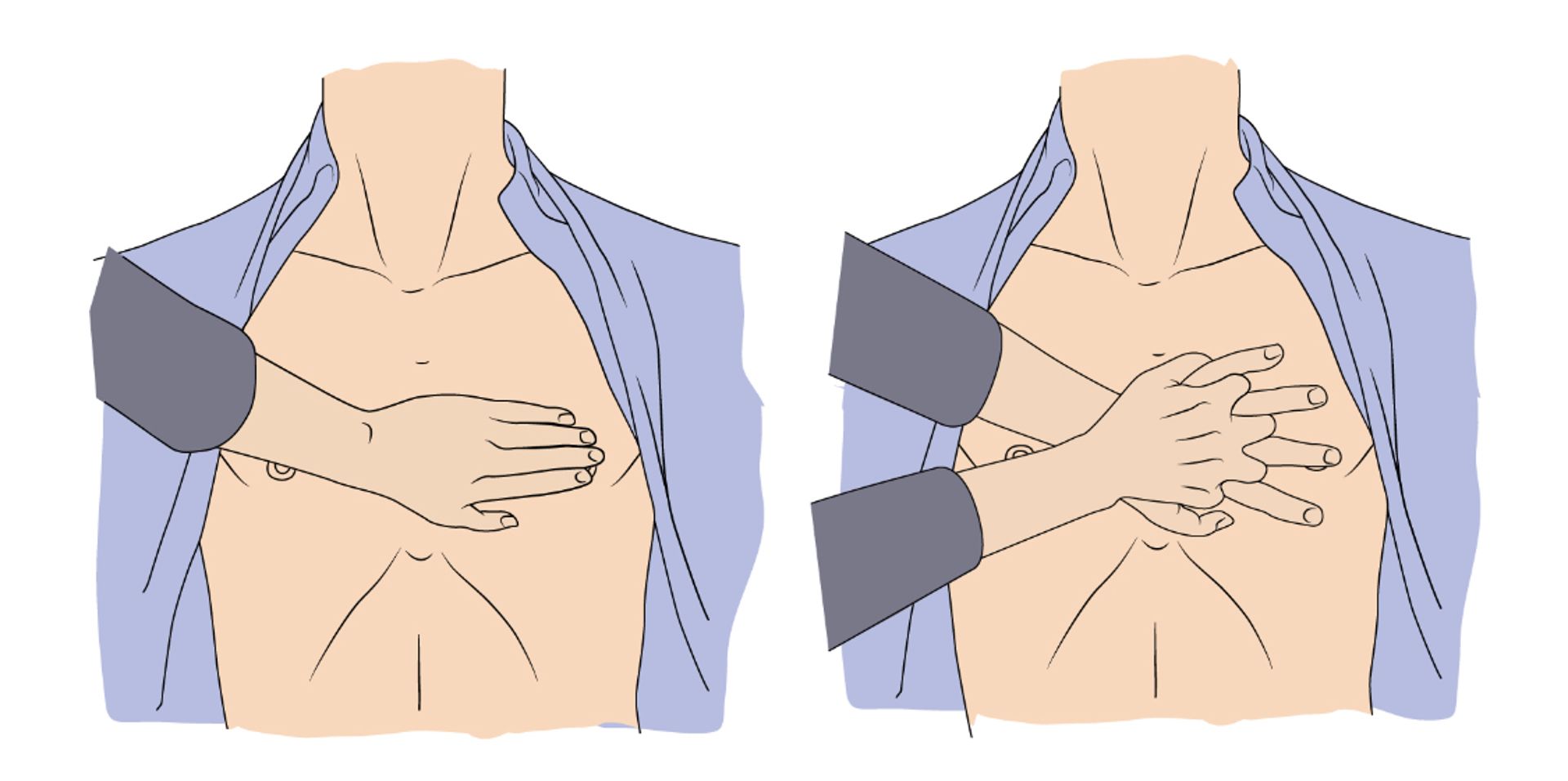
Staying vertically on the person's chest and keeping the arms straight, begin to compress downwards no less than 5 cm and no more than 6 cm at a frequency of 100-120 compressions per minute in adults.
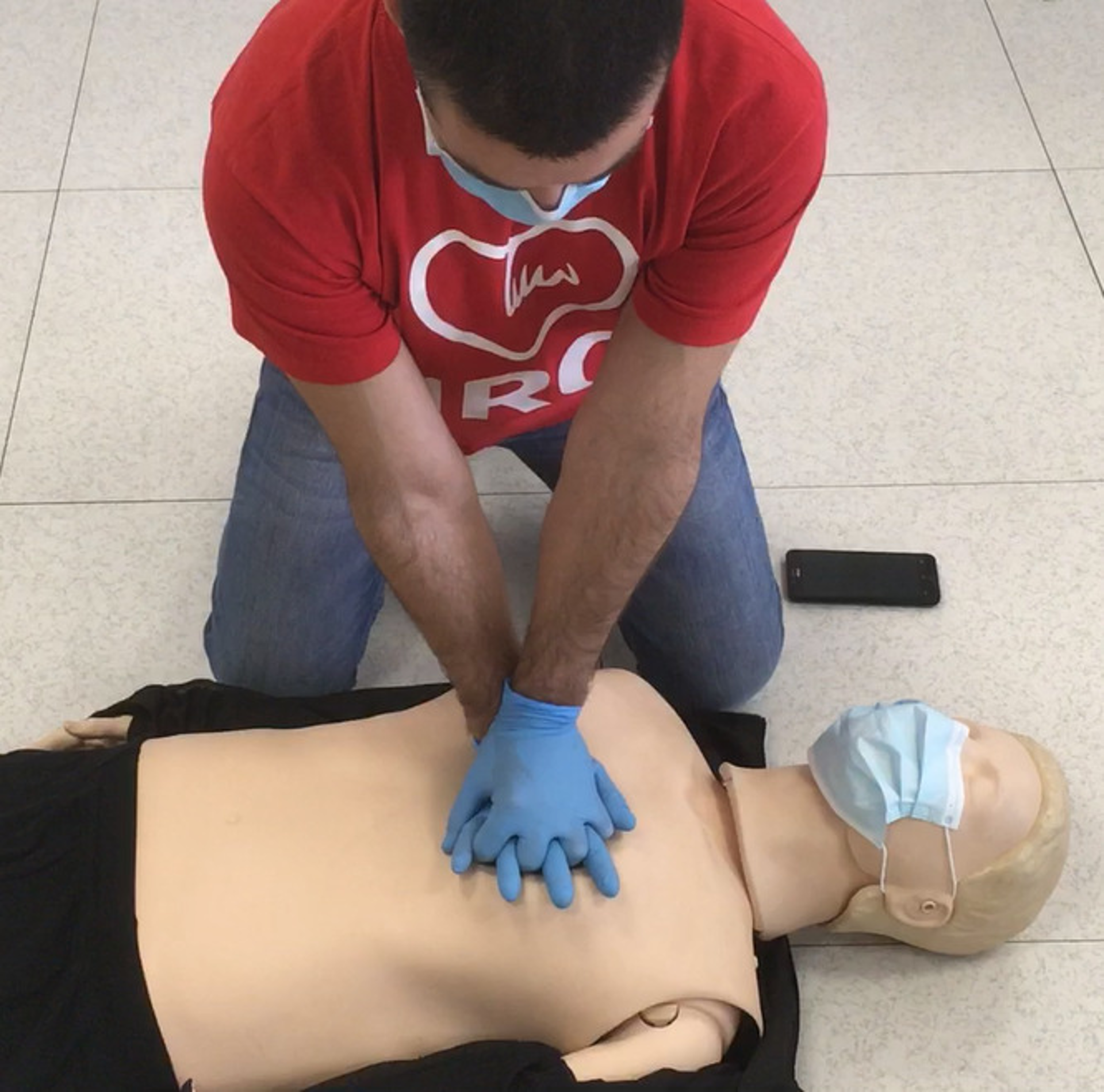
If an AED is available, turn it on immediately and follow the visual and voice commands of the defibrillator and emergency medical services operator on the phone with you. Following the directions, apply the pads to the victim's bare chest. If you are not alone, continue CPR while the plates are placed. Make sure that no one touches the person while the defibrillator analyzes the rhythm. If the shock is recommended by the defibrillator, deliver it by pressing the button always making sure no one comes close and touches the victim. After delivering the shock or if not recommended, immediately resume CPR following the indications of the AED.

Despite little scientific evidence, a recent systematic review of the literature has determined how chest compressions and cardiopulmonary resuscitation can generate aerosols. Instead, there is no evidence that defibrillation generates aerosols and the use of a defibrillator allows to deliver the shock at a safe distance and therefore safely. At the end of the resuscitation maneuvers, the rescuers should always wash their hands thoroughly and contact the local health authorities for the appropriate indications.
What to do in case of drowning and children?
It is important to distinguish those cases of cardiac arrest from asphyxiating causes or caused by the inability to breathe as in drowning or in children, where cardiac arrest is frequently the cause. In these cases, the rescuers must do everything possible to rescue the victim with the help of ventilation. Following the same safety principles reported above, who has already been in contact with the victim or who decides to give all his contribution to try to save a life, can also perform mouth-to-mouth ventilation, in addition to chest compressions and the use of the defibrillator, running a relative risk of infection.
On the other hand, we must distinguish occasional bystanders from anyone who has an obligation to provide help (such as bathing attendants). Since ventilation is an aerosol-generating procedure, it should be performed by removing all unprotected bystanders, wearing PPE (at least a mask, goggles, gloves) and using the bag-mask ventilation technique with a filter placed between the mask and the bag. Anyone holding a role that obliges him to give assistance should always have at least the appropriate PPE (including an additional mask for the victim) and the bag-filter-mask system available. In the unfortunate event that protections are not available, the occasional bystanders' recommendations should be followed.
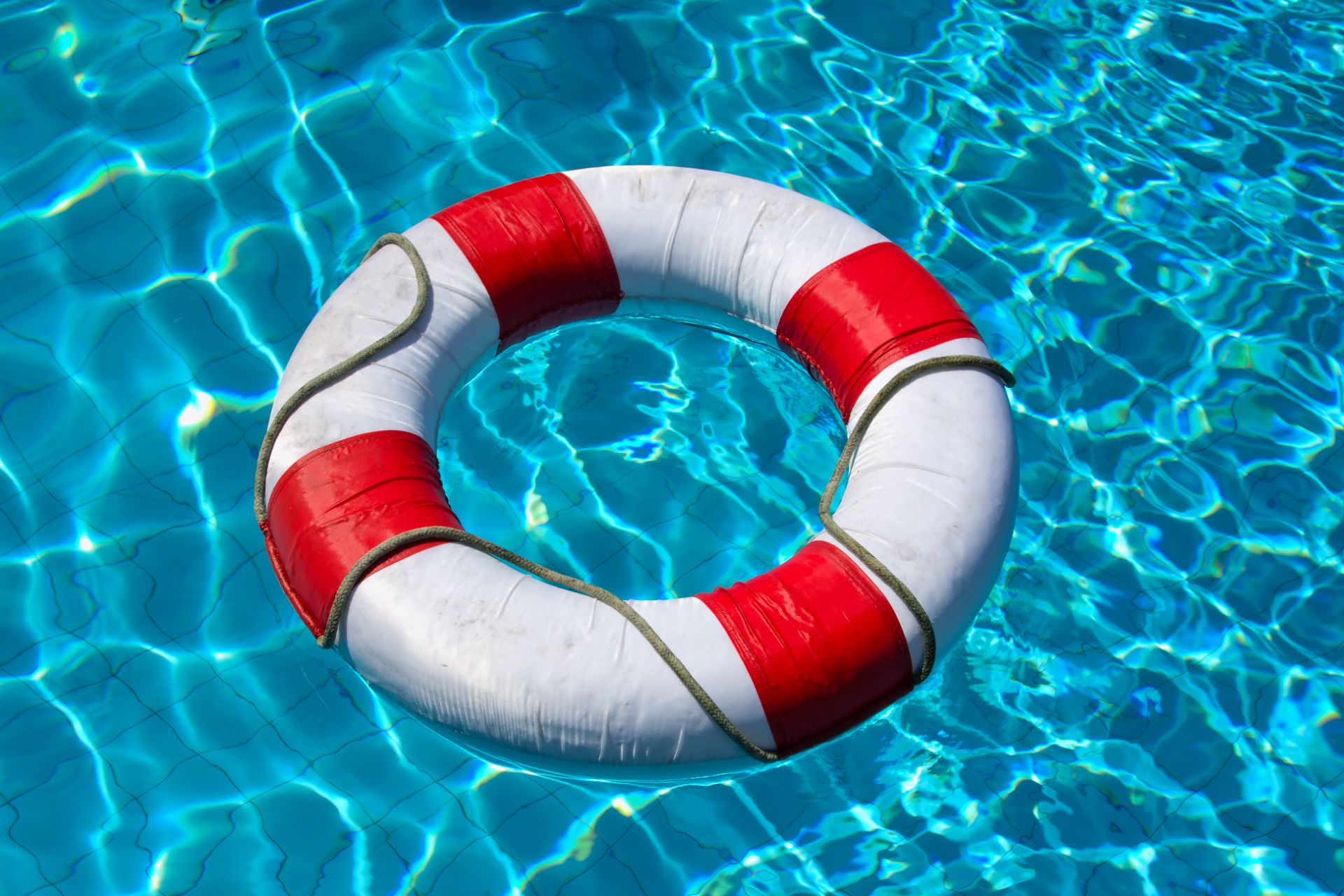
Conclusions
To conclude, each person who is affected by a cardiac arrest must be rescued as quickly as possible, without hesitation but in safety for himself and others, receiving the most suitable cardiopulmonary resuscitation maneuvers even during an international emergency such as the pandemic by COVID-19.
Photo credits: Italian Resuscitation Council
You might be interested in
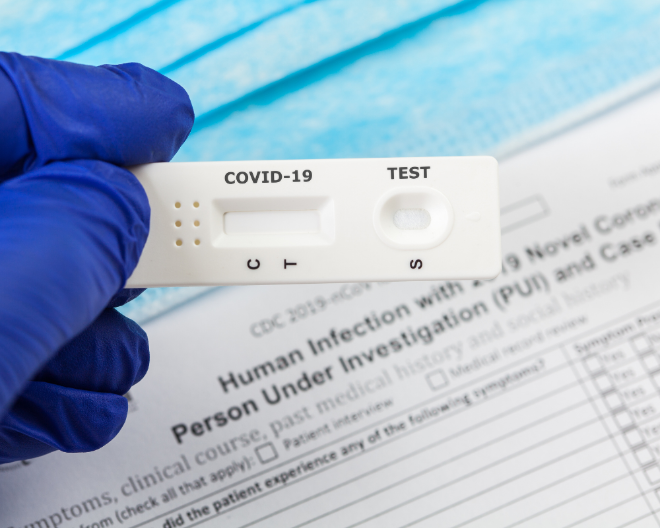
Rapid and portable tests for COVID-19: UniSR partner of the CORONADX project
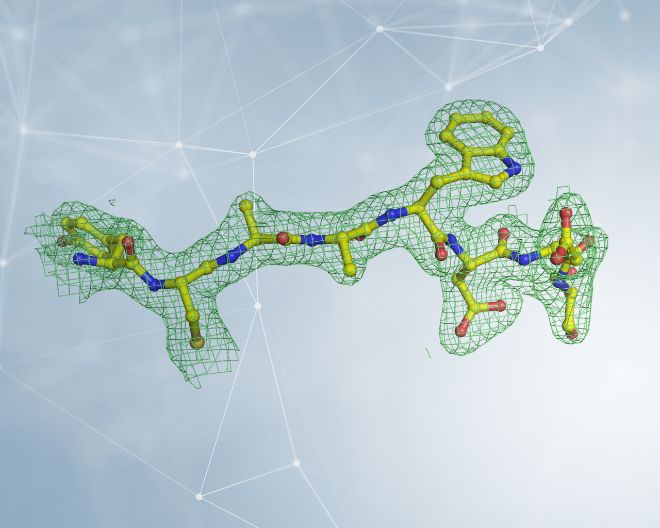
Structural biology for SARS-CoV-2: X-ray crystallography

Developing antivirals in a rational way: “blunting” the SARS-CoV-2 scissors
